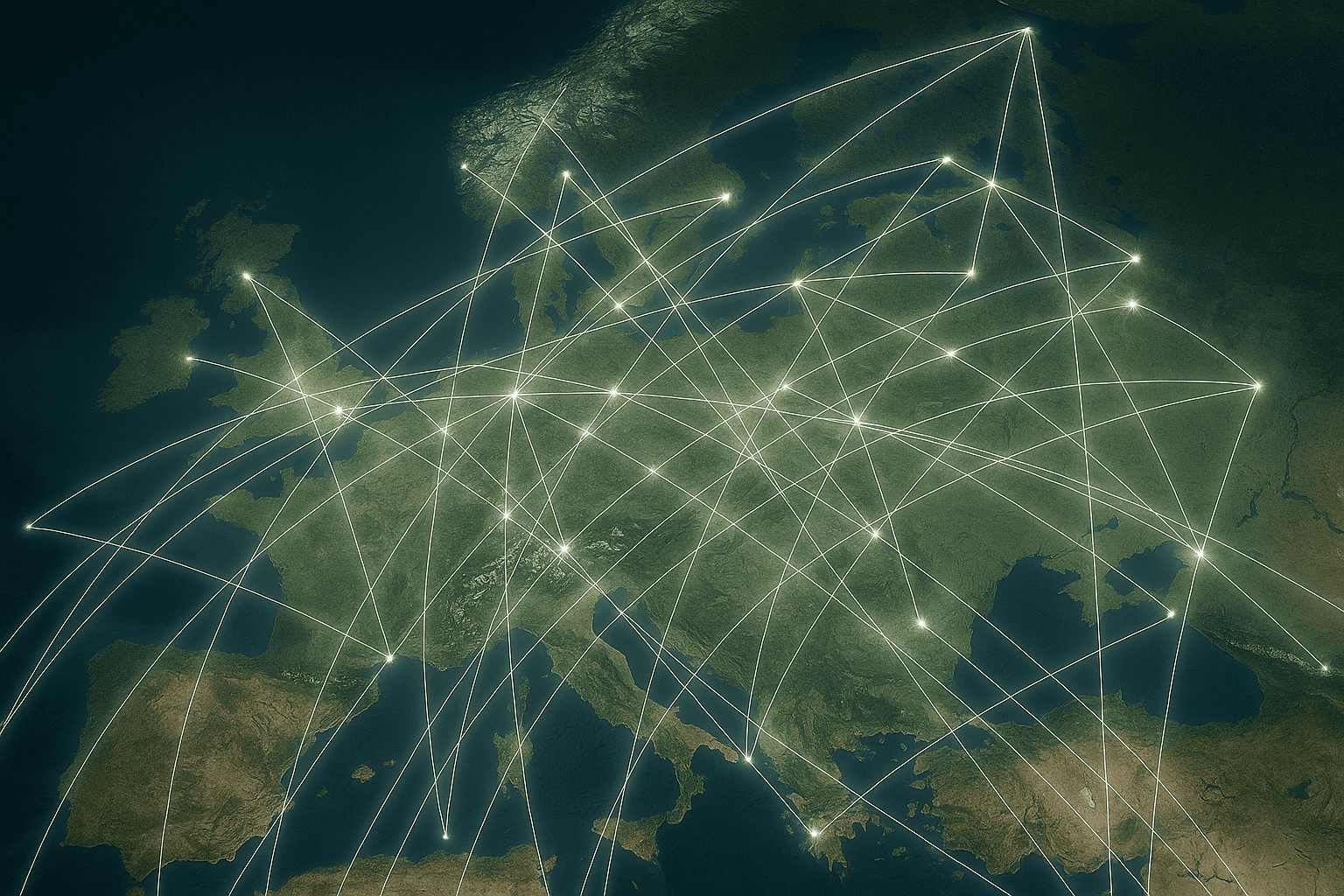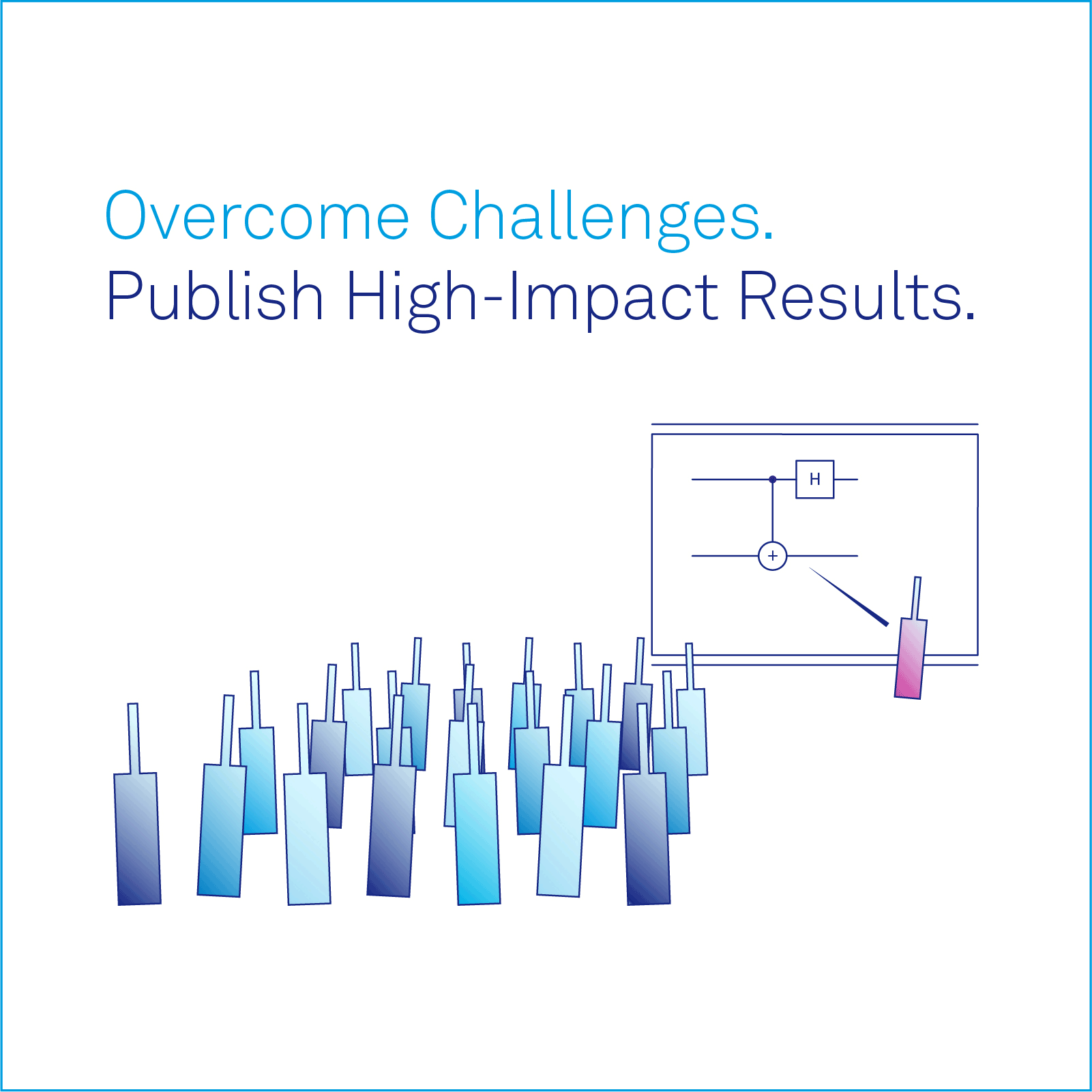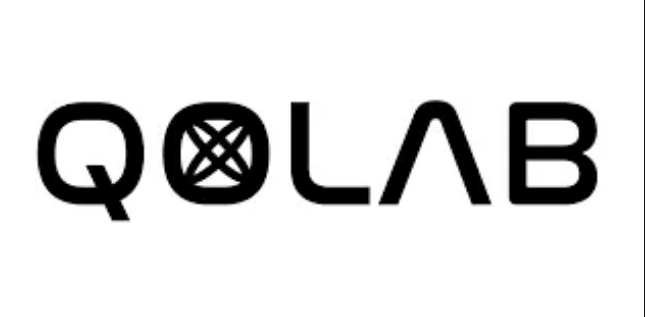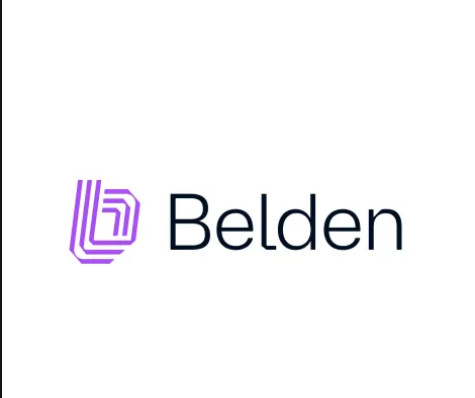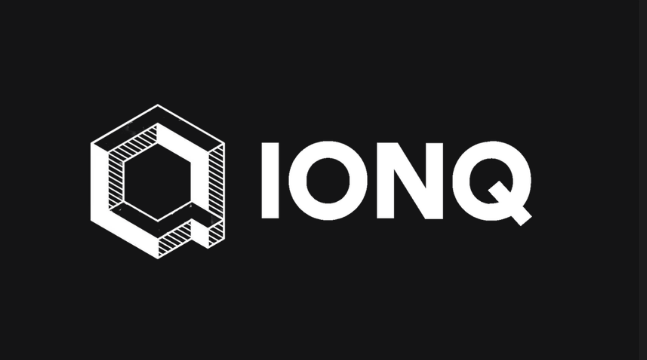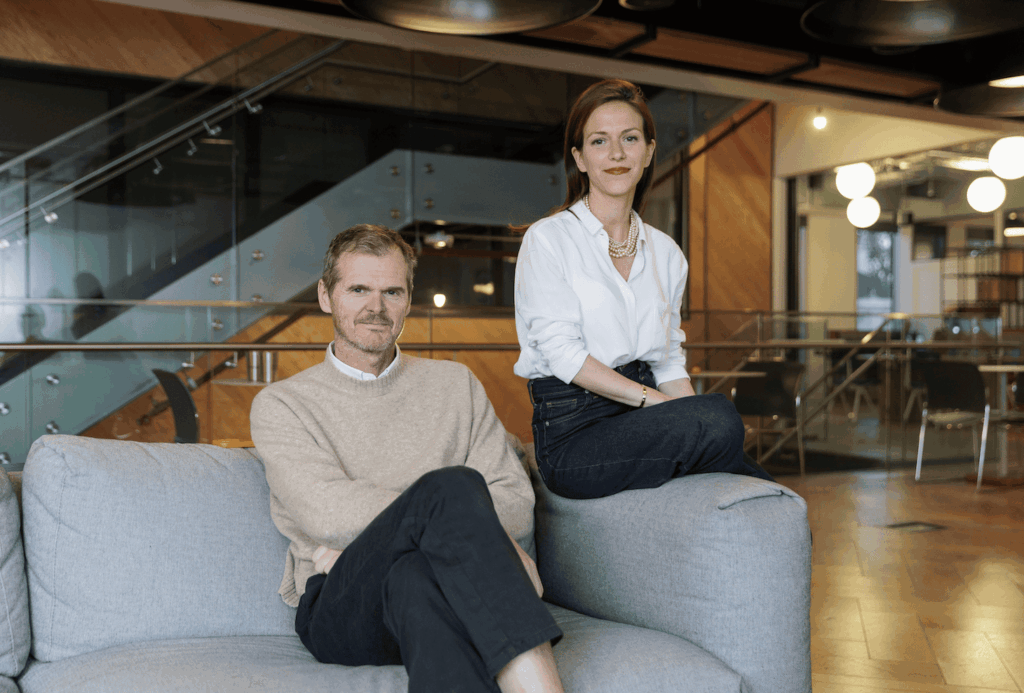Insider Brief
- The Quantum Europe Strategy is a coordinated plan to turn scientific leadership in quantum technologies into industrial strength by investing in infrastructure, talent, and commercialization across computing, communication, and sensing.
- The strategy outlines five focus areas: research and innovation, quantum infrastructure, ecosystem development, dual-use applications in space and defense, and quantum skills.
- Key actions include launching six pilot chip production lines, deploying a secure quantum communication network by 2030, and creating a European Quantum Skills Academy.
The European Commission has unveiled a sweeping plan to consolidate Europe’s position as a global leader in quantum technologies, laying out a multi-decade industrial roadmap that aims to turn scientific strength into economic scale. The Quantum Europe Strategy details a coordinated investment and policy framework to overcome fragmentation, accelerate commercial applications, and secure Europe’s technological sovereignty in a field seen as critical for competitiveness, cybersecurity, and national defense, said Henna Virkkunen, Executive Vice-President for Tech Sovereignty, Security and Democracy, in a statement.
“With Quantum science advancing rapidly, we are on the verge of some of the most transformative scientific and technological breakthroughs,” Virkkunen said in a statement. “Europe has always been at the forefront of quantum science, with a strong record of innovation and discovery. We have everything we need to become a leading quantum continent, from a highly skilled workforce to a robust research infrastructure. As the global quantum race intensifies and moves from lab to real-world application, Europe must maintain its leadership. That’s why we are launching the Quantum Europe Strategy – to bring together Member States, industry, academia and society to unlock the full potential of quantum technologies.”
The strategy marks a turning point in Europe’s approach to quantum, shifting focus from scattered research efforts to unified industrial deployment. Despite leading the world in quantum talent and publications, Europe lags in patent filings, private investment, and quantum hardware manufacturing. The Commission warns that without a stronger commercialization pipeline and sustainable support for startups, the region risks losing ground to the United States and China, both of which have committed billions to scaling quantum platforms.

Quantum Strategy Institute’s Head of Government and Consortium Relations, Petra Soderling, and primary drafter of the EU Quantum Strategy writes in a Substack post that Europe has all the requirements needed to be a quantum leader.
“The EU Quantum Strategy is being written in the midst of a heated global race that is dividing interest lines and regrouping camps,” Soderling writes in the post. “Europe has the strength and the potential of being competitive in many of the quantum sectors, but now is the time to develop the ecosystem; build infrastructures, educate the workforce, develop problem solving solutions, establish supply chains (=friends) and ensure funding for the future.”
Five-Point Framework Anchors the Strategy
At the heart of the plan is a five-pronged approach:
- Research and Innovation — aligning public and private research across member states through a new Quantum Europe Research and Innovation Initiative.
- Quantum Infrastructures – expanding shared computing, communication, and sensing facilities under public control.
- Industrial Ecosystem Support — bolstering startups, building pilot production lines, and increasing private capital flow.
- Space and Security Integration — embedding quantum in EU space, defense, and intelligence programs.
- Skills Development — launching a pan-European training system to produce applied quantum engineers and technicians.
Each area will be supported by a coordinated implementation plan, with new legislation — the upcoming Quantum Act — expected in 2026 to formalize governance structures and funding instruments.

From Research to Market: Closing the Commercialization Gap
The strategy acknowledges that Europe’s existing €11 billion in quantum investment over the past five years has delivered scientific results but has not translated into global market leadership. While approximately one-third of the world’s quantum companies are based in the EU, and European firms supply nearly half of hardware and software components used globally, the lack of scale, fragmentation across national programs, and limited industrial demand have stifled growth.
To address this, the EU will establish six quantum pilot lines under the Chips Joint Undertaking, each co-funded by member states and the Commission. These facilities will enable early prototyping, process development, and industrial validation of quantum chips — which remain largely handcrafted and proprietary. A Quantum Chips Industrialisation Roadmap is due in 2026, alongside a Quantum Standards Roadmap to drive interoperability.
Public procurement will also be used to stimulate demand, with hospitals, infrastructure agencies, and government departments acting as early customers for quantum-enabled tools. The Commission plans to coordinate this through targeted financial incentives and innovation-oriented procurement schemes.
Building Quantum Infrastructure for Computing, Communications, and Sensing
A key element of the strategy is scaling up shared quantum infrastructure. Through the EuroHPC Joint Undertaking, Europe is already deploying early quantum computing prototypes in countries including France, Germany, and Finland. These systems will evolve into hybrid high-performance computing (HPC)–quantum platforms, designed to accelerate industrial use cases and support Europe’s AI strategy.
In communications, the EuroQCI initiative aims to build a secure quantum network spanning all EU countries and overseas territories, using both terrestrial fiber and satellite links. The first space-based quantum key distribution satellite, Eagle 1, is scheduled for launch in 2026. By 2030, the EU plans to connect its terrestrial and space segments to form a unified secure communication network.
The strategy also highlights quantum sensing as a priority, with applications ranging from gravimetry for subsurface mapping to next-generation medical diagnostics. A European quantum MRI pilot network will be launched in 2025, aiming to develop and clinically validate quantum-enhanced imaging systems. Quantum gravimeters — sensors capable of detecting underground water, magma, and infrastructure — will also be deployed across Europe, with airborne and spaceborne platforms under study.
Defense, Space, and Strategic Autonomy
Quantum technologies are classified as dual-use, with strategic implications for both civilian and military operations. The Commission plans to align quantum development with European defense goals, including through contributions to the European Armament Technological Roadmap and cooperation with the European Space Agency. Specific efforts include developing GNSS-free navigation systems using quantum sensors, secure battlefield communications, and space-based gravimetry.
The Commission will also initiate a Quantum Sensing Space and Defence Roadmap in 2026 and fund spin-in initiatives to integrate civil quantum innovations into military systems. These efforts align with recent actions under the European Defence Fund and NATO’s growing interest in becoming a “quantum-ready alliance.”
Funding, Investment and Supply Chain Resilience
To address chronic underfunding, particularly in the growth stages, the Commission is encouraging public-private co-investment through vehicles like the European Innovation Council (EIC) and the
. The new Scaleup Europe Fund, launched in May 2025, will invest directly in strategic sectors including quantum. National governments are urged to reallocate cohesion funds toward deep tech startups aligned with European goals.
On the supply chain front, the EU will map risks and dependencies across the quantum stack — from rare materials to control electronics. Results from a comprehensive Quantum Technology Risk Assessment are expected by 2026, according to the paper. These findings will inform mitigation strategies, including diversification, onshoring of production, and export control reform.
Workforce: A Strategic Bottleneck
Europe produces over 110,000 STEM graduates annually, but the quantum sector faces acute labor shortages, especially in applied areas like software engineering, systems integration, and cybersecurity. To address this, the Commission will launch a European Quantum Skills Academy in 2026, offering training modules, fellowship schemes, and virtual teaching resources. The plan also includes apprenticeships, researcher-in-residence programs, and quantum-focused digital skills competitions.
Efforts to promote diversity and close the gender gap are included in the academy’s mandate. The long-term goal is to establish geographically distributed quantum training centers, integrated with national Quantum Competence Clusters and semiconductor skills hubs.
The Global Competition
The strategy mentions the increased investments from countries and regions around the world that are aimed at attaining a global leadership position in quantum technology. For example:
- China: With an estimated $15 billion in public funding, China leads in quantum communications, operating a 12,000-kilometer network, including two quantum satellites. Its state-driven approach prioritizes strategic applications, but private sector investment remains limited. It’s important to note that China’s actual budget is not transparent, so experts often dispute the $15 billion figure.
- United States: The US excels in private sector funding, with more than $1 billion invested in quantum startup in the first quarter of 2025 alone, according to The Quantum Insider. Its collaborative ecosystem, involving government labs, universities, and industry, gives it an edge in innovation, though public funding lags behind China.
- Europe: The EU has invested around $10 billion, primarily driven by Germany, and hosts nearly a quarter of global quantum companies. However, a 2025 Quantum Industry Consortium (QuIC) report warns that Europe risks losing its edge without closing funding gaps and building a full-stack ecosystem.
Outlook: Challenges And Opportunities
Europe’s strategy leverages its strengths — research output and a robust startup scene –while addressing weaknesses like fragmentation and insufficient private investment. International cooperation, such as with the US, Japan, and South Korea, is also emphasized to set global standards and share resources.
The strategy identifies several challenges:
- Fragmentation: Coordinating 27 Member States is complex, risking duplication and inefficient resource use.
- Funding Gaps: While public investment is substantial, private funding lags behind the US, and sustainable financial support is needed for startups.
- Talent Competition: Attracting and retaining quantum talent is critical, especially as global demand grows.
Despite these challenges, the strategy lists significant opportunities exclusive to Europe:
- Research Excellence: Europe leads in academic output and trains more quantum specialists than any other region.
- Startup Ecosystem: With a strong presence of quantum companies, Europe can drive innovation if supported effectively.
- Strategic Initiatives: Programs like EuroHPC and EuroQCI position Europe to lead in quantum computing and secure communications.
From Strategy to Execution
Obviously, plans and strategies do not work without action. The strategy addresses this.
Quantum Europe Strategy is backed by detailed action points, much will depend on sustained funding, legislative support, and private sector engagement. The proposed Quantum Act, roadmap publications, pilot deployments, and industrial partnerships represent a concrete step toward scaling Europe’s scientific strengths into globally competitive quantum platforms.
If successful, the strategy could mark a pivotal shift in Europe’s technological trajectory, turning a fragmented innovation landscape into a unified economic force in what many see as the next great computing revolution.
Read the Quantum Europe Strategy here.

